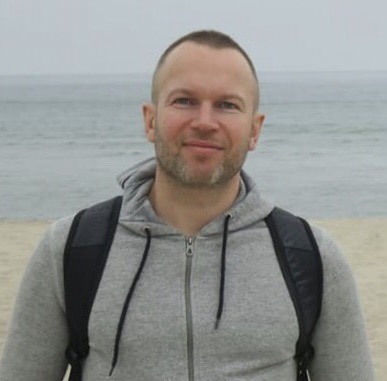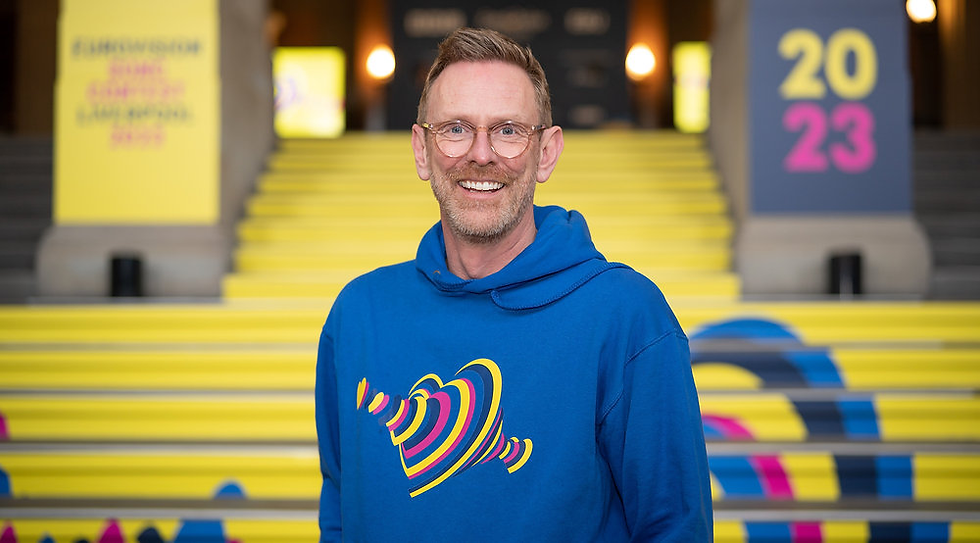Celebrating the Sanremo Music Festival for Italy's Republic Day
- Guy Hornsey

- Jun 2, 2020
- 3 min read
Today is Festa della Repubblica (Republic Day) in Italy. It marks the day in 1946 when a referendum was held to decide the form of government at the end of Fascism after World War II.
To mark the day, we are taking a look at Italy’s much loved Sanremo Music Festival.

We’ve seen Sanremo deliver popular Eurovision contestants like Il Volo, Mahmood and 2020’s Diodato, but there is a lot to the festival on top of it being Italy’s national selection process.
It is a huge event in its own right and actually dates back to before the birth of Eurovision. The festival remains one of the most prestigious music festivals in the world, and just like Eurovision, Sanremo has long had an Australian audience.
Each year Sanremo features a contest of previously unreleased songs in two categories.
In the current format, 20 artists compete with a song each in the ‘Big Artists’ section, and 8 artists perform with a song each in the ‘Newcomers’ section. The winner of the ‘Big Artists’ section is decided by a mixed jury and public vote and is invited to represent Italy at Eurovision. Each year a song from both categories is also awarded the ‘Mia Martini’ (Critics Choice) award.

As most people know, Eurovision was started as an initiative to unite Europe after World War II. The inspiration for this however came from Italy, who had decided to use a music festival to help kick start their economy.
This first event titled “Festival della Canzone Italiana” (Festival of the Italian Song), was held at the Sanremo Casino on 29 – 31 January 1951. For the first four years the festival was broadcast live on radio, and from 1955 it was broadcast by the Italian TV station Rai 1.
Sanremo has always kept a strong focus on composers and has been careful not to position itself as a singing contest. In 1953 the organisers introduced a format where each song was performed twice; once by different artists with a different arrangement and backed by a different orchestra.
This later developed into a format where one version would be performed by an Italian artist and the second version would be performed by an international artist, sometimes in a different language. This continued until 1972 when they started performing each song by one artist only.
The festival has launched the careers of some big names over its history, including Andrea Bocelli, Laura Pausini, Eros Ramazzotti and Zucchero. It has also spawned some big hits, most notably the song ‘Volare’, which won the contest in 1958 (entered under the name ‘Nel blu dipinto di blu' and sung by Domenico Modugno). The song went on to place third at Eurovision, topped charts around the world and became arguably one of Italy’s most iconic songs.

Big headline guests have always been a fixture for the festival, with a long list of names over its history like Elton John, Cher, Queen, Stevie Wonder, Diana Ross, Ray Charles, Louis Armstrong, Dusty Springfield and Petula Clark.
Apart from the music, the festival has made news headlines over its history for various controversies. In 2010 the burlesque star Dita von Teese surprised viewers by stripping down to nothing more than $2.5 million worth of strategically placed diamonds.
In 2009 the song ‘Luca era gay’ (Luca Was Gay) was condemned for having anti-gay lyrics, which was denied by the songs writers and went on to place second in the contest.
Last year a populist right wing politician, known for anti-immigration sentiments questioned the voting system when Mahmood, a son of an Italian Mother and Egyptian immigrant father, won with ‘Soldi’ – a song that went on to place second at Eurovision.

Whether you’re an avid National Finals fan, crawling out of bed for every show during the season or not, if you’re not already watching Sanremo, it is well worth the early mornings to catch the quality songs and large scale production. Aussievision will be bringing you all the news for the 2021 festival as the season approaches.



google 优化 seo技术+jingcheng-seo.com+秒收录;
Fortune Tiger Fortune Tiger;
Fortune Tiger Fortune Tiger;
Fortune Tiger Fortune Tiger;
Fortune Tiger Slots Fortune…
站群/ 站群
gamesimes gamesimes;
03topgame 03topgame
EPS Machine EPS Cutting…
EPS Machine EPS and…
EPP Machine EPP Shape…
Fortune Tiger Fortune Tiger;
EPS Machine EPS and…
betwin betwin;
777 777;
slots slots;
Fortune Tiger Fortune Tiger;
google seo…
03topgame 03topgame;
gamesimes gamesimes;
Fortune Tiger…
Fortune Tiger…
Fortune Tiger…
EPS Machine…
EPS Machine…
seo seo;
betwin betwin;
777 777;
slots slots;
Fortune Tiger…
seo优化 SEO优化;
bet bet;
谷歌seo推广 游戏出海seo,引流,快排,蜘蛛池租售;
Fortune Tiger Fortune Tiger;
Fortune Tiger Fortune Tiger;
Fortune Tiger Fortune Tiger;
Fortune Tiger Fortune Tiger;
Fortune Tiger Slots Fortune Tiger Slots;
google seo 外链发布+飞机TG+cheng716051;
EPTU Machine ETPU Moulding Machine;
EPP Machine EPP Shape Moulding…
EPP Machine EPP Shape Moulding…
EPP Machine EPP Shape Moulding…
EPP Machine EPP Shape Moulding…
EPTU Machine ETPU Moulding Machine
EPTU Machine ETPU Moulding Machine
EPTU Machine ETPU Moulding Machine
EPTU Machine ETPU Moulding Machine
EPTU Machine ETPU Moulding Machine
EPTU Machine ETPU Moulding Machine
google seo 外链发布+飞机TG+cheng716051;
EPTU Machine ETPU Moulding Machine;
EPP Machine EPP Shape Moulding…
EPP Machine EPP Shape Moulding…
EPP Machine EPP Shape Moulding…
EPP Machine EPP Shape Moulding…
EPTU Machine ETPU Moulding Machine
EPTU Machine ETPU Moulding Machine
EPTU Machine ETPU Moulding Machine
EPTU Machine ETPU Moulding Machine
EPTU Machine ETPU Moulding Machine
EPTU Machine ETPU Moulding Machine